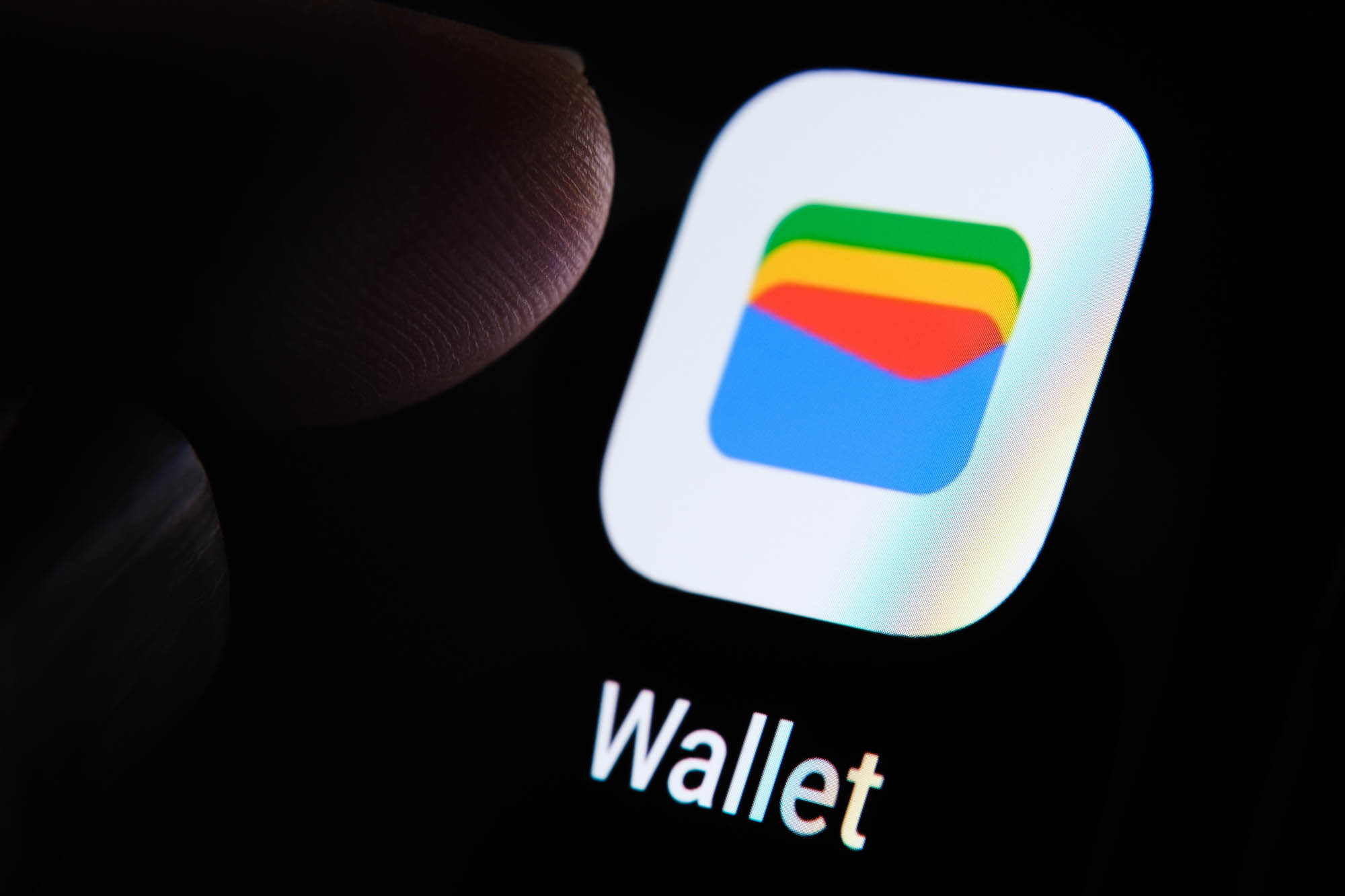
Digital Decision Making based on Artificial Intelligence (AI) and Operations Research, including Machine Learning and Fuzzy Logic, empowers state-of-the-art management. Integrating with corporate IT, it renders business operations more profitable, reliable, and agile.
At INFORM, more than 900 business analysts, data scientists and software engineers support more than 1,000 customers worldwide. Software solutions optimize Airline & Airport Operations, Fraud Prevention & AML, IBP, Inventory & Supply Chain Management, Logistics, Production Scheduling, Transportation, and Workforce Management.
Digital Decision Making based on Artificial Intelligence (AI) and Operations Research, including Machine Learning and Fuzzy Logic, empowers state-of-the-art management. Integrating with corporate IT, it renders business operations more profitable, reliable, and agile.
At INFORM, more than 900 business analysts, data scientists and software engineers support more than 1,000 customers worldwide. Software solutions optimize Airline & Airport Operations, Fraud Prevention & AML, IBP, Inventory & Supply Chain Management, Logistics, Production Scheduling, Transportation, and Workforce Management.